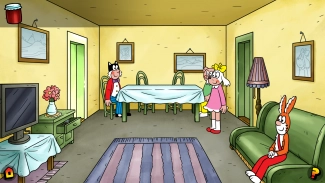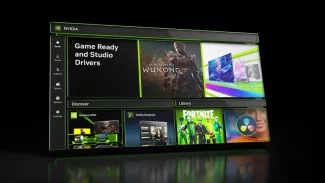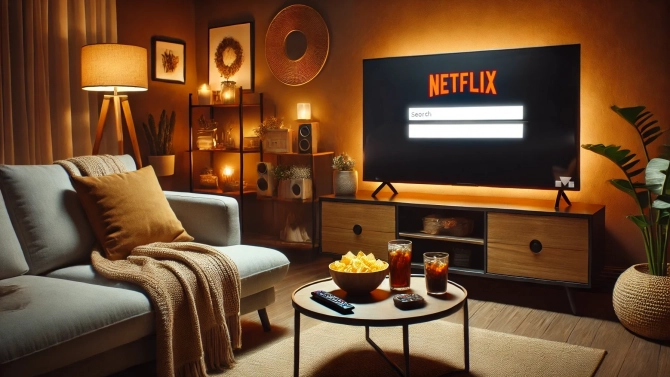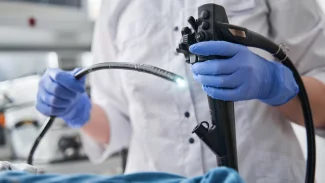Odpověď na názor
Odpovídáte na názor k článku AMD utíná podporu starších 28nm GPU, nové ovladače jen od Polarisu výš. Končí i Windows 7. Názory mohou přidávat pouze registrovaní uživatelé.
-
Tento text je již více než dva měsíce starý. Chcete-li na něj reagovat v diskusi, pravděpodobně vám již nikdo neodpoví.
-
Maudit (neregistrovaný)
uh oh, techspot, nuff said :D
a btw, tohle je taky techpowerup, co jsi jsem si jistej zcela neumyslne vynechal:
"On the other hand, this temporal approach gives DLSS much more information to work with—multiple images plus the motion vectors. From a technology standpoint, this makes DLSS superior, especially at higher scale factors, because a spatial upscaler simply lacks too much information."
"Even the highest FSR setting "Ultra Quality" has some visible loss in image quality. Sharp high-contrast edges particularly are effected"
"Even FSR Ultra Quality has some slight degradation; look at the fences, for example. On lower settings, these get quite pixelated."
Digital Foundry: "AMD FidelityFX Super Resolution FSR Review: Big FPS Boosts, But Image Quality Takes A Hit"
Tom's Hardware: "Upscaling and sharpening for everyone, but mind the image quality."
Computerbase: "FidelityFX Super Resolution in the test: AMD FSR can do something, but not yet beat Nvidia DLSS"
"The native resolution looks better than FSR - this also applies to “Ultra Quality”. AMD had spoken of " quality very close to native rendering ". “ Very close ” is a bit exaggerated"
"With FSR, camera movements flicker a little more than with native resolution, since FidelityFX Super Resolution does not come with its own temporal component."
"Even without any upscaling and resharpening, the game has to struggle with minor graphic errors in some places, which are then highlighted by resharpening with FSR."
"What generally gets a little worse in Godfall with FSR is temporal stability. Even in Ultra HD it does not work perfectly, even if it is still at a consistently high level. In lower resolutions, however, the stability is somewhat lost in places. As a result, some scenes flicker a little more with FSR on "Ultra Quality" than with native resolution."
"Overall, Nvidia DLSS 2.0 seems to be ahead in terms of image quality for the time being. In good implementations, it can actually conjure up an image quality that is equal to even slightly better than the native resolution on the screen, which FSR does not succeed - and FSR 1.0 should also not succeed without the temporal aspect already implemented by DLSS."
atd. :D
-
Přidávat názory mohou pouze přihlášení uživatelé.





























